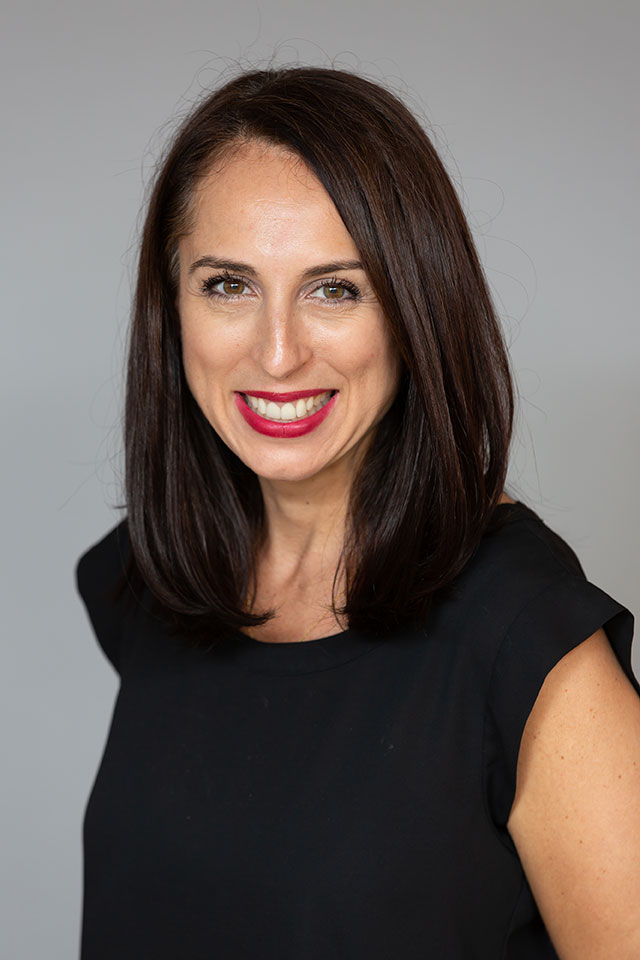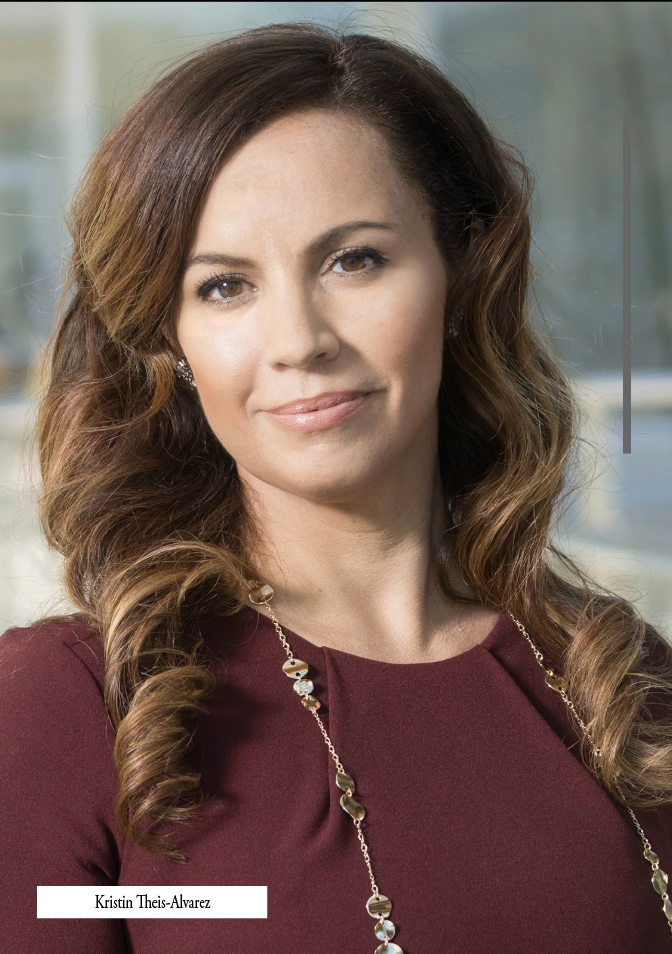According to the Law School Admission Council (LSAT), law school applicant numbers were up almost 40 percent in the past year.
The same held true for Latinos, with an approximate 8.5 percent increase. While higher applicant and enrollment numbers are good news for Latinos—in addition to a growing emphasis on diversity in academic and legal work environments—the number of legal degrees conferred to Latinos and Latino attorneys remains low (at 12.4 percent and 5.8 percent, respectively).
Top Law Schools for Latinos
According to the National Center for Education Statistics (NCES), Berkeley Law ranked #5 among top law schools for Latinos from 2019 to 2020. Other law schools like that of the University of Miami in Florida and St. Mary’s Law School in Texas ranked 1st and 2nd, respectively. At the University of Miami, Latinos made up 35 percent of their law school enrollment in the Fall of 2020. In addition, 46 percent of first-year law students in 2021 represented minority groups, and 61 percent spoke one or more foreign languages. At St. Mary’s Law School, Latinos comprised 51 percent of their law school enrollment in 2021, according to Assistant Dean for Admissions Cathy Casiano.
To better understand why Latinos may be successful in these schools and offer advice to potential Latino law students, we took time to interview them for Hispanic Outlook. Here are some of the results:

University of Miami School of Law
For Amy Perez, assistant dean of students, her university is a “pillar of the community.” “So many people in the Latino community have a connection with our university,” she said. “Within the Hispanic culture, it’s often the case that first or second-generation Latinos come here because they don’t want to leave the flock.”
The dean’s comments shouldn’t come as a surprise since her university, the University of Miami School of Law (UM Law), is located in Coral Gables, outside of the city of Miami. Here, Latinos make up 70 percent of this city’s population, and many Latinos prefer to stay close to home for their studies. What’s unique, however, is that the university has deep roots in Miami’s legal community. In addition, a good number of law students also come from other parts of the country or world, drawn to Miami’s warm and diverse culture.
“We have a number of first-generation Latinos in the administration, yet we also have people with ties to royalty in Spain,” explained Perez. “Hispanics are not a homogenous bunch. I come from a blue-collar working class and understand the Miami immigrant experience and how it shapes law school experiences. We have DACA students. But we also have students who have families that have done well for generations and come from top boarding schools.”
This past year, UM Law saw a 43 percent increase in applications from the prior year. While the university accepted more applicants than prior years, all students, including Latinos, faced much steeper competition in being accepted into their program. That said, Perez offered some pointers for Latinos, and all students, in the application process.
Some good advice that Perez gives to students is to “Sit down and decide what you want to get out of your law school experience and find the right schools for your interest.”, and to “Go to a school you feel is financially a good decision for you, one that is acting like they want you, and is in a place where you want to spend at least three years.”
For many students, especially first-generation ones, completing the nitty-gritty parts of the application process, especially navigating the financial aid (FASFA) process, can be challenging, explained Perez. That is why schools like hers have created new web pages to help students understand this process (https://www.law.miami.edu/admissions/financing-your-legal-education).
As part of the application process, all schools look at LSAT scores and GPAs. Perez emphasized the importance of finding support to prepare for the LSAT and using pipeline programs and other resources to best prepare for law school. “You may be surprised by the number of resources that go untapped by students,” she said. “Talk to pre-law advisors at your undergraduate schools. Many have more than one pre-law advisor.”
Perez suggested students look at resources from the Council on Legal Education Opportunity, Inc (CLEO), a national non-profit organization founded to expand opportunities for minorities and low-income students to attend law school. In addition, admissions programs at schools like hers also provide one-on-one service with the application process.
Once students are accepted into their program, UM Law offers 30 to 40 programs—”a ridiculous amount of programming,” said Perez—leading up to law school orientation day. It is key that students take advantage of these programs, since, once they are in law school, there won’t be time to do the research needed to survive law school. Some of these programs include webinars on the following: financial literacy; maintaining well-being and balance in law school; issues around inclusion; imposter syndrome; and information on trial teams, the bar association, and so much more related to law school.
The university also provides summer legal academies and pipeline programs for younger students interested in law. After all, for Latino and minority students, it’s a good time to consider a legal career.
“We have big corporate clients saying that you need a diverse group of lawyers. Right now, I think it is a very good market to be looking for jobs,” said Perez. “Latinos are not having a tough time getting jobs. A lot of them are bilingual or trilingual and that’s a huge selling point. Our Hispanic law students do well here in school and in the community.”

Saint Mary’s University School of Law
Saint Mary’s University School of Law in Texas offers Latino students a tight-knit community, ideal for first-generation students. With Latinos making up 51 percent of last year’s first-year enrollment, it’s no wonder that students like recent graduate, Everardo Villarreal, feel right at home.
“My law school experience at St. Mary’s as a Latino was excellent,” said the Assistant District Attorney of Bexar County’s District Attorney’s Office. “I felt that I was part of a small yet strong community of people who really want to make a difference.”
At Saint Mary’s, they offer the following for Latinos and many non-traditional students: pipeline programs, recruitment along the Texas, Mexico border; non-conditional scholarships (all students who maintain above a certain grade level—not just those in the top percentile—can maintain scholarships throughout their years of studies); an increase in outreach programming; and the first-ever fully-online law program.
Assistant Dean of Admissions Cathy Casiano believes it’s a great time for Latinos to apply to law school. While numbers of applicants have been up at her school as they’ve been across the nation, so has programming and support for Latinos.
“The number of resources for Latino students continues to increase. It’s because law schools throughout the country want to have intellectually curious students and to reach out to different populations,” said Casiano. “Covid has also forced a lot of schools to offer virtual programming to reach students across the country. In addition, the Law School Admissions Council (LSAC) now offers free LSAT prep and more diversity training as a commitment to students of all colors. That didn’t exist years before.”
Given all the support available to Latinos and underrepresented students, Casiano insists that “Latinos shouldn’t be afraid to reach out to ask questions for help with the admissions process.” After all, that’s what Saint Mary’s and other universities are there for. Her school has pre-law programs with contacts, mentoring circles at the school and community, and connections with Bar associations. The assistant dean also suggests students reach out to lawyers in their communities for guidance prior to applying to law schools, saying they’d be “hard-pressed to find a lawyer who wouldn’t want to help.”
Latinos should let their unique voices and stories be heard in their personal statements included in the law school application process, added Casiano. It’s also recommended that they apply for a second year if denied the first. Once students are accepted into law school, they should take advantage of the different levels of support, like Latino law groups, partnering affinity groups, career services, and programs where students get to learn from local attorneys and lawyers over lunch. Finding the right fit in the legal profession is key.
Recent graduate Everardo Villarreal also advised students to get experience in the legal field prior to going to law school. “I worked for two years at a criminal defense firm in San Antonio after undergraduate programs and before law school. That really boosted my application and set me up for success in law school.”
There are many reasons that more students are applying to law school these days. Casiano argued that covid and national politics have inspired more to consider a career in law, and that more students have been drawn to immigration law. No matter the reason, schools like Saint Mary’s have long held a tradition of helping students advance the public good and increase access to justice.

The University of California, Berkeley, School of Law
UC Berkeley School of Law Dean of Admissions and Financial Aid Kristin Theis-Álvarez is proud to be a part of a law school that has done exactly that. Here, many Latinos enroll in a robust program offering great financial support. These include the Berkeley Law Opportunity Scholarship for first-generation college students; guaranteed summer public interest funding; a loan repayment assistance program; financial aid; and a binding early decision program that provides guaranteed scholarship amounts prior to students committing to them.
“There is still a large gap between the percentage of the population that is Latino and that of the number of attorneys,” said Kristin Theis-Álvarez, “There is work to be done at both ends of the funnel—getting more Hispanic/Latino students to and through college successfully as well as interested in the legal profession, and supporting and retaining Hispanic/Latino students, graduates, and attorneys.”
The work that needs to be done is what schools like Berkeley Law and other top law schools intend to offer Latinos and underrepresented students. According to the dean, Latinos made up close to 20 percent of enrollees this past year. “Berkeley Law typically enrolls one of the highest percentages of Chicano/Latino students as first-year law students each year, both as a sheer number and as a percentage of the class, compared to peers,” she said.
Berkeley Law also provides incoming students with multiple electives to explore their interests, collaborative work with faculty and leaders in their fields, and hands-on legal work as they take classes.
“I believe that admitted Latino students find Berkeley Law to be a place that shares their commitment to tackling the complex challenges facing our communities,” said Theis-Álvarez. “We offer the kind of institutional support and international reach that allows them to explore any area of law and any career they can imagine within a warm, diverse community that values their perspectives, experiences, and differences.”

A Changing World of Law for Latinos
While law school has become more competitive than ever, Latinos and underrepresented communities have a lot to offer our law schools and the world of law. In exchange, these schools, like those among the top ten nationwide that we interviewed, have a plethora of programs and support to offer Latinos and unrepresented students as well.
They understand that “the job market is so demanding of diverse students now,” as Perez of the University of Miami School of Law pointed out.
But the first step is for students to research the right legal path and school for them, and take the steps—with all of the support out there—to apply to law school. It’s only then that Latinos can bring their unique voices to the legal world. •